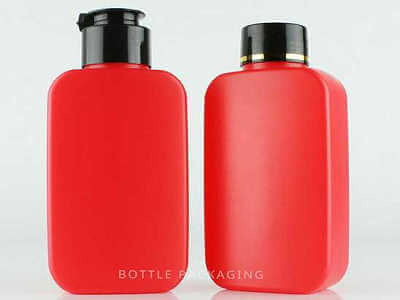The injection blow moulding process is utilized to create hollow products such as jars, bottles, drums, and other containers. This process is equally good for small and large parts. Various material is used in this process including:
- Polypropylene (PP)
- Polyvinyl Chloride (PVC)
- High Density Polyethylene (HDPE)
- Low Density Polyethylene (LDPE)
- Polyethylene Terephtalate (PET)
- Co-polyester
- Nylon,
- EVA
- Polycarbonate
- Polystyrene
Blow molding process
The injection blow molding process is divided into three steps:
Injection
First, the material is melted in the injection blow molding machine. The molted material is poured into the manifold which injects it into the hollow part, called preform mold. A core rod is fastened with the preform mold. The external shape is made through the preform mold whereas the internal shape is formed with the help of the core rod.
Blowing
The function of blowing is to inflate the blow molding product. In this step, the preform mold opens and the core rod is fastened into the hollow part. The compressed air is allowed to enter into the preform which inflates the product.
Ejection
The finished part is then allowed to become cool. After cooling, the preform mold opens and the core rod changes its position and allows the finished product to leave the core rod. The product becomes ready at this stage for packaging.
Advantages
- The injection blow molding is a fast process than plastic molding process, go to plastic moulding page to know about plastic molding
- It assists in the improvement of the physical properties of hollow products.
- It creates cost-effective and high-quality parts.
- The injection blow molding produces flexible and operative containers for liquids like juice, jam, water, etc.
- The injection blow molding process is free from scrap, waste, and trimming.
- It creates low weight products due to thin walls.
- The blow molding products have a wide range of sizes.
- The blow molding products have good dimensional precision.
Disadvantages
- It is not possible to produce bottles with calibrated neck finishes with the help of injection blow molding.
- Some machines produce only limited sizes of products.
- Injection blow molding has some environmental effects.
Applications of injection blow molding
Injection blow molding has a wide range of applications. The objects produced by the injection blow molding process are used in daily life. They have their application in various industries including medical, building, automotive, appliance, and Lawn, garden and household items.
Here are some examples of blow molding products:
Stadium Seating
These are used in the production of stadium seats. The seats prepared through blow molding are comfortable and durable.
Wheels
Blow molding is used to prepare wheels that are generally used in toys and gardening products. These wheels can be prepared in any size and shape in a very economical way.
Kitchen Appliances
The manufacturers are using blow molding parts in kitchen appliances such as dishwashers, icemakers and insulated panels of refrigerators.
Conclusion
Injection blow molding is a process for creating hollow parts. it is a fast process which produces a wide range of products that are low weight, better dimensional and flexible. Blow molding products has its applications in various industries including medical, building, automotive among others.

Recent Comments